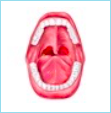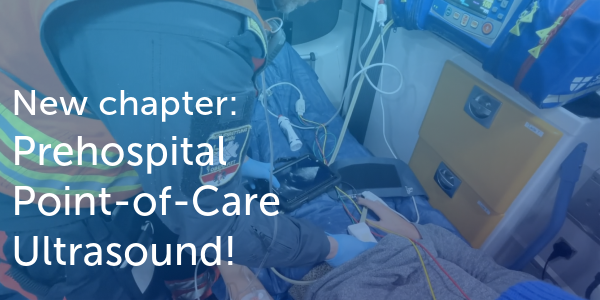11.1 Introduction
Mitral stenosis is usually diagnosed with 2D echocardiography and is based on typical valvular abnormalities caused by rheumatic heart disease. The MMode was mainly used in the early days of echocardiography, but has lost its importance to an immense degree. Color Doppler and CW Doppler are used to confirm the diagnosis as well as quantify the severity of mitral stenosis. Quantification of mitral stenosis may be difficult in some cases. Proper interpretation of findings on the echocardiogram and appropriate decision making must include the patient's symptoms (i.e. the degree of dyspnea).
11.2 Causes
Mitral stenosis is almost always caused by rheumatic heart disease. Congenital mitral stenosis is extremely rare. Stenotic annular calcification rarely causes severe forms of mitral stenosis. However, it is not uncommon for rheumatically affected valves to show (secondary) calcifications, especially in the elderly.
Causes of mitral stenosis Rheumatic (85.4%) Rheumatic fever (75% - valvular involvement) Stenotic annular calcification (12.5%) Congenital (0.6%) The prevalence depends on the socioeconomic status of the country; rheumatic heart disease is more common in developing countries.11.2.1 Rheumatic Fever

Rheumatic fever is caused by group A streptococcal (GAS) tonsillopharyngitis. The bacterial infection exhibits an antibody cross-reaction that affects the connective tissue of several organs (usually 2 to 3 weeks after infection). Rheumatic fever occurs in approximately 3% of untreated cases of untreated streptococcal infection. The reoccurrence rate in these patients is high (50%) The endocardium displays fibrinoid necrosis and verrucae formations, especially along the free edges of the heart valves. The inflammatory process eventually leads to destruction and fusion of valvular and subvalvular structures (i.e commissures). The mitral valve is most frequently involved, followed by the aortic and the tricuspid valve. Pulmonary valve involvement is extremely rare.
The development of mitral stenosis is rather slow and it is not uncommon that patients present with symptoms of mitral stenosis only after many years.
Rheumatic fever predominantly causes mitral stenosis Short axis view demonstrating commissural fusion of the anterolateral commissur Diseases associated with rheumatic fever Arthritis in joints Chorea minor Subcutaneous nodules Pancarditis (particularly the heart valves) Many patients with rheumatic mitral stenosis report symptoms of arthritis in adolescence and early adulthood.11.2.2 Annular Calcification and Mitral Stenosis
Degenerative mitral annular calcification is a common phenomenon and is accelerated by advanced age, hyperlipidemia, hypertension, chronic renal failure and genetic abnormalities of the mitral fibrous skeleton. It is usually more prominent at the posterior annulus and can protrude deep into the myocardium. Calcification may eventually spread to the mitral valve leaflets and lead to inflow obstruction. Although annular calcification is very common, it rarely causes significant mitral stenosis. However, as patients with rheumatic mitral stenosis may also develop mitral annular calcification, it may contribute to the hemodynamic significance of stenosis. In addition, valve implantation and balloon valvuloplasty are rendered difficult in the presence of calcification.
Mild to moderate degree of mitral annular calcification. Calcification is typically located at the posterior annulus. Annular calcification is usually more prominent at the posterior ring. The exception is aortic stenosis where aortic valve calcification can spread to the anterior ring of the mitral valve.11.2.3 Congenital Mitral Stenosis

Congenital mitral stenosis is a rare entity (0.6% of congenital defects), diagnosed in most cases before the patients reach adulthood. A large percentage of the patients have associated congenital abnormalities (such as VSD, or multilevel left ventricular outflow tract obstruction). The echocardiographic diagnosis is based on the morphologic features of obstruction, abnormal papillary muscle insertion, and abnormal motion of the mitral valve.
In parachute mitral valves, all chordae insert into a single, prominent papillary muscle. Parachute mitral valve with mild mitral stenosis Specific Forms of Congenital Mitral Stenosis parachute mitral valve supravalvular ring anomalous mitral arcade annulus hypoplasia double orifice mitral valve Shone complex is a concomitant condition in congenital mitral stenosis and other types of left-sided inflow or outflow obstruction (coarctation, valvular/subvalvular aortic stenosis).